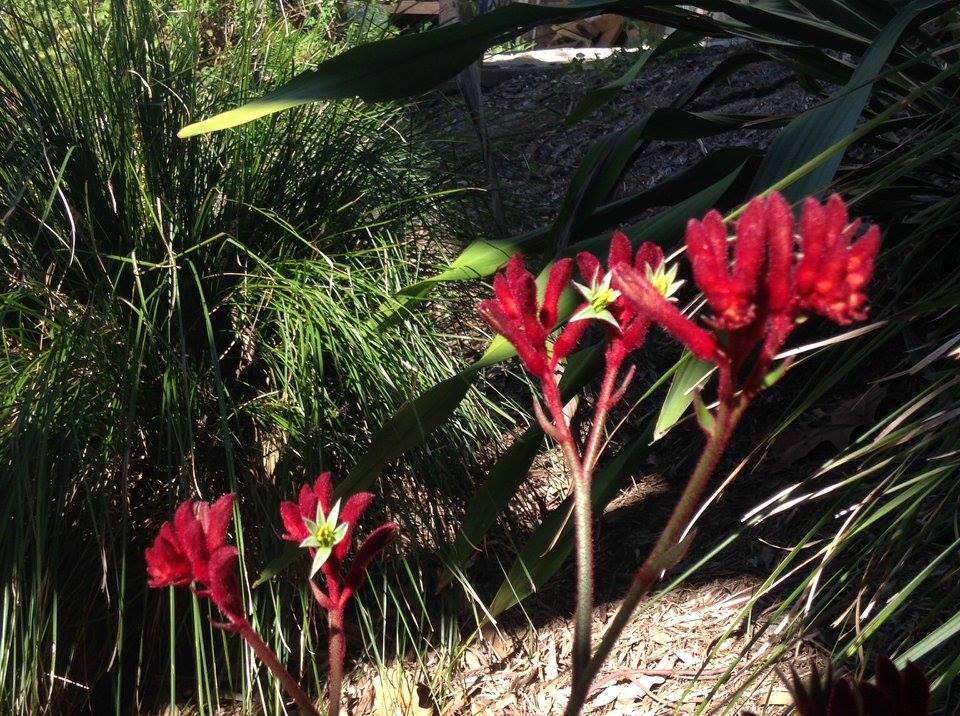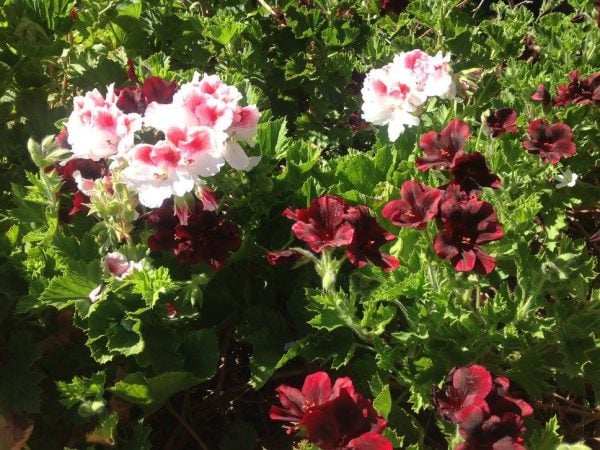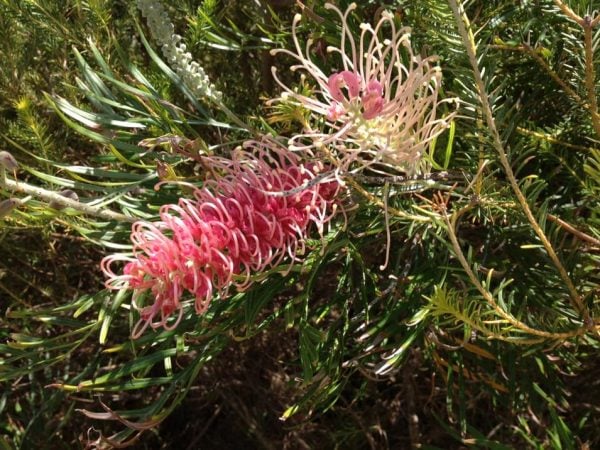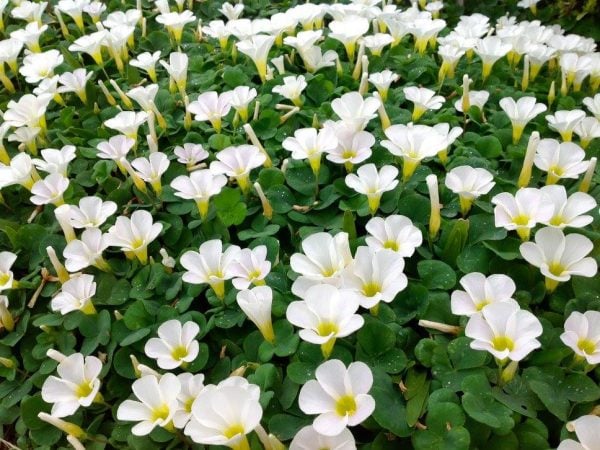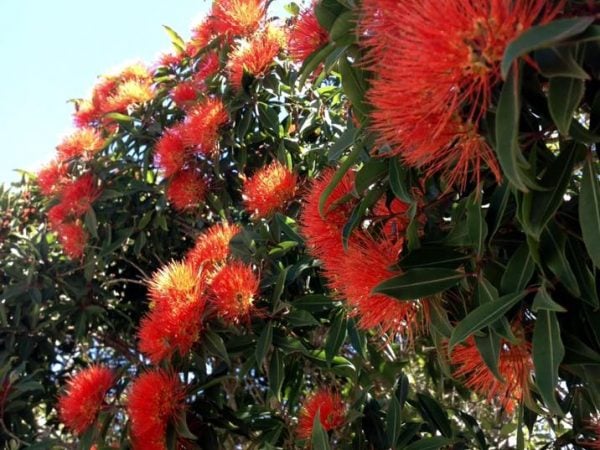Remember these tips are a guide only. Your individual situation may require professional help.
On most days, May is warm and balmy in the daytime and fresh in the evenings. Those stinking hot, humid days are a distant memory. Days are shorter, which unfortunately means that there is less time available to garden and things will grow a bit slower. This can mean that gardens and pots don’t get watered and weeded by busy people, so you need to use whatever means you have to ensure things are done, or otherwise things can get ugly.
Monitor the need for watering, as soils will retain moisture for longer. Turn off automatic watering if it’s not needed. Keep an eye out for bugs, slugs, snails and other pests, such as mealy bug on many plants. Be prepared to squash unwanted snails and caterpillars or else resort to snail pellets for snails/slugs and Dipel for caterpillars. There is a more child/pet/lizard friendly version of snail pellets available. The key is eternal vigilance and a daily walk through the garden. Ignore it at your peril.
Make use of Saturaid, or some form of wetting agent, to keep pots evenly moist but not too wet. Always monitor your mulch levels and be prepared to top up where needed. If you’ve been lightly pruning roses after flowering, you will be enjoying a succession of late flushes, especially from the abundant flowering Iceberg varieties. If you planted your pansies a bit too early, then you may need to top them up with some more. In any case, grow some extras in pots as spares.
Look out for onion weed at this time of year. Don’t cultivate the soil where it is present or you may become an onion weed farmer. Unless you are confident in doing so, don’t attempt to dig them out. Instead spray carefully with glyphosate, except avoid over spraying onto most plants, or they may die also.
You can still plant spring bulbs in May in our climate. Make sure you follow a guide for their depth and always have them pointing the right way up.
Plant Citrus now into rich and very well drained rich soil. If you don’t get that part right, forget about them ever doing well.
Camellias are also a good idea. You can see them in flower and select a good looking variety. But make sure you look at how big they grow and select a variety suitable for the sun exposure you expect.
Camellias grow really well in good sized pots and the size they grow in the ground won’t matter, as they seem to adapt to the pot size. Keep potted Camellias moist but not saturated so they don’t drop their flowers, Cyclamens will be coming into their own as the weather cools. Back in the day when milk came in bottles, you put the empties out for the ‘Milko’ at night. Cyclamens should also be put out at night, so they can benefit from the cold. A good job for those with deciduous trees is to gather the leaves and make use of these as mulch or as a compost material, or by piling them up in a heap of their own and adding manure (or organic fertiliser) and moisture to speed things up. Then wait a very long time and the resulting compost will be a great soil conditioner. Running over them with the mower will also speed up their decomposition.
Top up rose gardens with a dressing of cow manure & a layer of sugarcane mulch. Roses love this and according to a mate of mine who worked in the Botanic gardens, this is almost essential for them. Be careful to not overuse cow manure in some gardens as it can make things too moist for some plants. My favourite option for mulch these days has various names at landscape suppliers. It’s aged tree lopper’s mulch but can be called Forest mulch, leaf mulch or any other name that suppliers come up with. It works because it has larger pieces mixed in with a lot of fine material that breaks down into humus. So it retains moisture and suppresses weeds really well, while actually building up organic matter in the soil.
In warm sunny spots, Storm/Autumn/Summer Crocus are a great addition to complement annuals, with their bright white flowers. They are grown from rapidly multiplying bulbs, which can be spread around and may need thinning out if they do too well. Long lasting Dianthus also adds to the colour of annuals and fills the void while you are waiting.
Other things to consider planting in May are Tulips, Azaleas, Conifers and Roses.
In the veggie patch plant broad beans, Kale, onions, shallots, peas and cabbage. Keep up plantings of Coriander in warm spots with rich soil. For more info on things to plant now visit gardenate.com.

